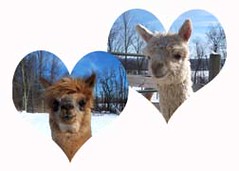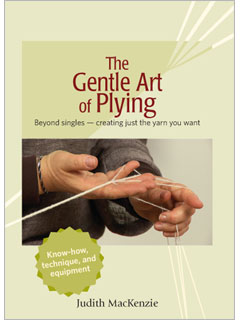I do like cookies, better than cake or pie or candy. Of course I'll eat anything that has sugar in it, but cookies are my favorite. Then there are Girl Scout Cookies, oh don't get me started . . .
I just listed this Alpaca Kitchen Gift Set in The Farm Store. The stainless steel baking sheet was fabricated by alpaca breeder and metal fabricator, Joe Matern. The alpaca cookie stamps, one is a suri and one is a huacaya, and "Keep It Softs" were designed by his wife Reba. The mold is a one-of-a-kind so you won't find these anywhere else! All were made in the USA and make a great gift set, complete with recipes and tips.
Or bake alpaca cookies for your next alpaca event!
I love what Reba writes about their alpaca farm.
About Storybook Alpacas . . .
Once Upon a Time there was a man who worked hard at his small business and was under a lot of stress. The man had a wife who liked to write stories for their grandchildren. One day she wrote a story about an alpaca and, along the way, discovered a lot about the quizzical critters. So the man and his wife went to visit an alpaca farm. The man said Ahhhhhhh! And his wife said Ooooooo! And the man and his wife were hooked!
And, Once Upon a Time, there was an old dilapidated horse barn with a little bit of land near where the man and his wife lived. It was very dreary looking. But then Sunshine and Annie came to the barn and brought their pals Coco Moco and Little Ricky. They brightened the barn and warmed the hearts of everyone who came to visit. Soon Carmeltina and her cria (baby) came to join the others. They all played and ran around the pasture together and delighted everyone who came to see them.
Every day the man and his wife came home from work and went up to the barn to visit the alpacas. They gave them some fresh water, some hay and a little feed. Then they watched the alpacas jump and run and play. And the man said Ahhhhhhh! And his wife said Oooooooo! The outside world melted away and their happily ever after began.
Play with alpacas this winter, play
Alpaca-opoly(TM) in the comfort of you own home!
This is another item available at Storybook Alpacas or Alpaca Meadows.
This is another item available at Storybook Alpacas or Alpaca Meadows.
Joe Matern came to the United States from Austria as a child with his parents in 1955. They settled here in Mansfield, Ohio and lived where Storybook Alpacas now reside. Reba came to Mansfield in 1979 where she met Joe and they married in 1984. After a few years of raising children and running Joe's custom metal shop, alpacas captivated their hearts and their world has never been the same. The couple now looks forward to retiring some day amid quiet days and the gentle hum of alpacas.
Need metal fabrication done? Call Joe at 419-589-3745. Alpaca breeders, here are a few items that might interest you!
Personally, my favorite cookie is not chocolate chip, but oatmeal raisin. I REALLY like them all full of stuff like nuts, butterscotch bits, cranberries and more . . .
What is your favorite?
























































